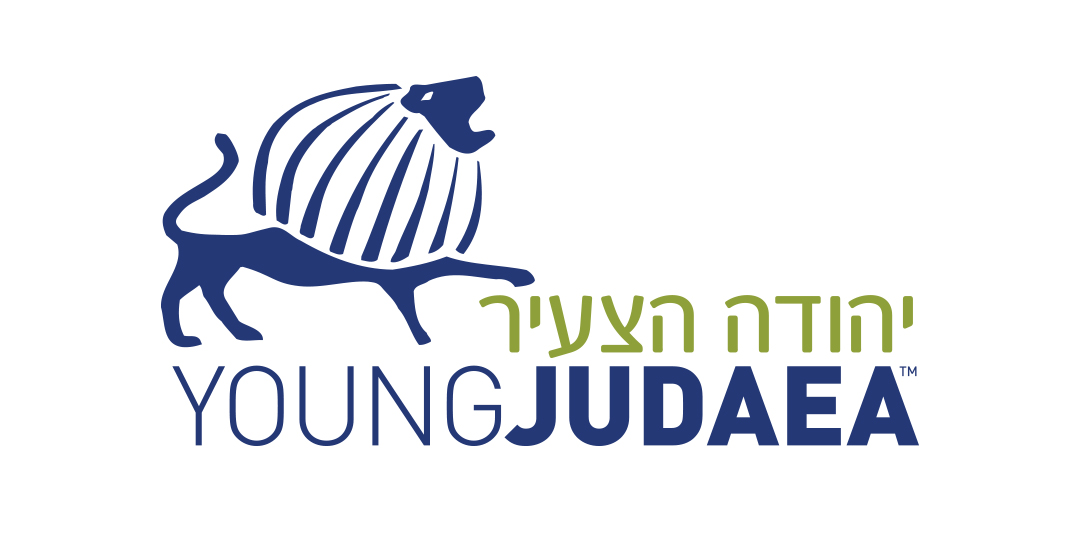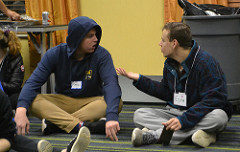
Two Very Different Experiences

This morning, AWB split up and ventured to three different volunteer locations, followed by a tour of an historic slave plantation in the afternoon with all of AWB. My group went to the Sherman House, a subsidized independent living facility for seniors. A friend of mine and I were paired with a lady who was probably in her early seventies, and still seemed to be very much with it. We helped her with household chores in her apartment, mainly tasks that she’s unable to do on her own. Although we found the physical tasks extremely rewarding and fulfilling, I personally found the substantive conversation that we had to have the biggest impact. We mainly discussed politics and Judaism, really connecting on both and intellectual and personal level. Rather than feeling like I was talking to her to just be nice, I found myself really enjoying our time together, and I felt as if she could have been my own grandmother by the end. We dove into the complexities of American and Israeli politics, gossiped about the various other old ladies in the facility, conversed about her children and grandchildren and our own families, discussed the history of the U.S. Constitution, and learned about her rescued cat. Yet one of the highlights of that activity wasn’t even with her. What I enjoyed most was when she took me to meet her 92-year-old neighbor who, at my age, had been on the run from the pogroms in her Ukrainian shtetl, and to taste her strudel. I just found her stories remarkable. It was hard for me to imagine everything that she had been through, even when she was younger than I am today.
The plantation, on the other hand, provided a much different experience. This was a much more informative activity, in which the tour guide brought us through what it was like on a South Carolina plantation in the Antebellum South. We learned about the slave conditions, the life of the masters, and even the different crops that were grown. What he really emphasized, though, was how the antebellum system has contributed to what racism is even today. He described it as a linear path, an idea which was interesting, but was also challenged by some of us. We really took a lot out of that tour. We learned the history of the plantation and systems of the time, but we also learned about and discussed the much longer lasting implications these facts, ideas met with both consensus and disagreement.
~ Ezra Meyer; 12th grade, Chevy Chase, Maryland
